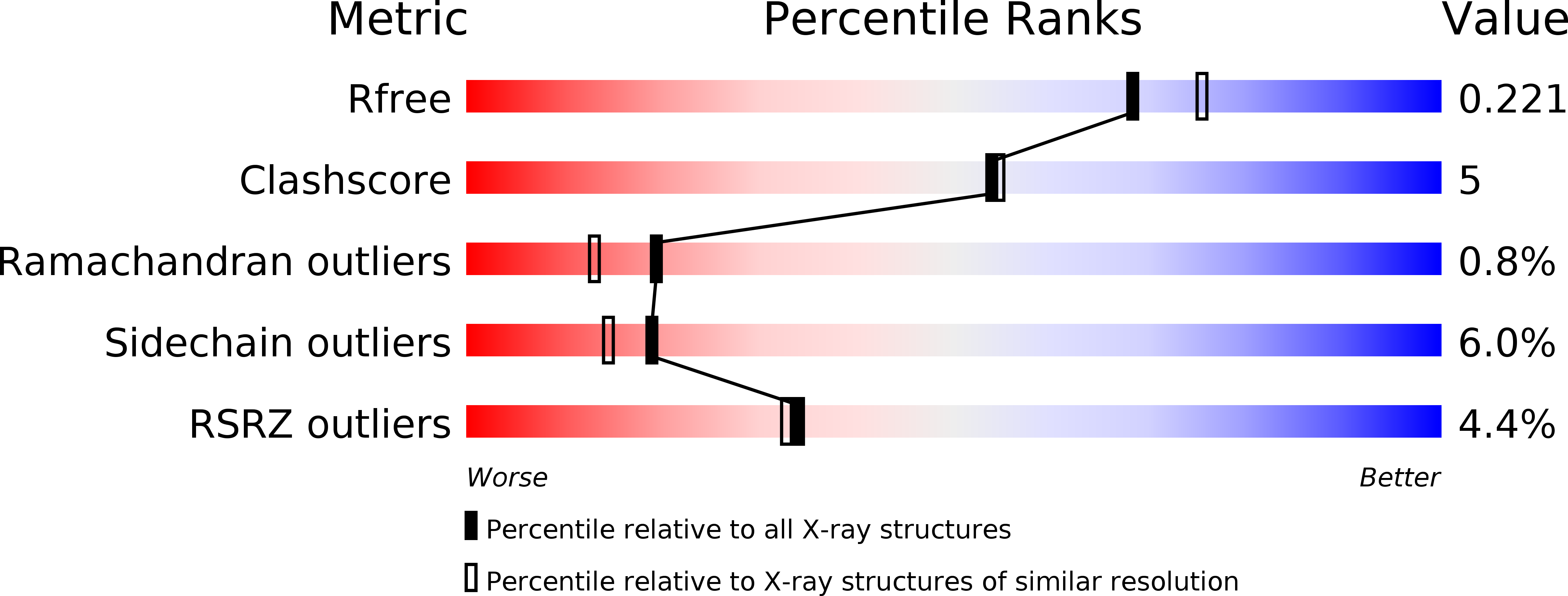
Deposition Date
2005-09-16
Release Date
2005-10-04
Last Version Date
2023-08-23
Entry Detail
PDB ID:
2B1X
Keywords:
Title:
Crystal structure of naphthalene 1,2-dioxygenase from Rhodococcus sp.
Biological Source:
Source Organism:
Rhodococcus sp. (Taxon ID: 92694)
Method Details:
Experimental Method:
Resolution:
2.00 Å
R-Value Free:
0.22
R-Value Work:
0.19
R-Value Observed:
0.19
Space Group:
P 21 21 21


